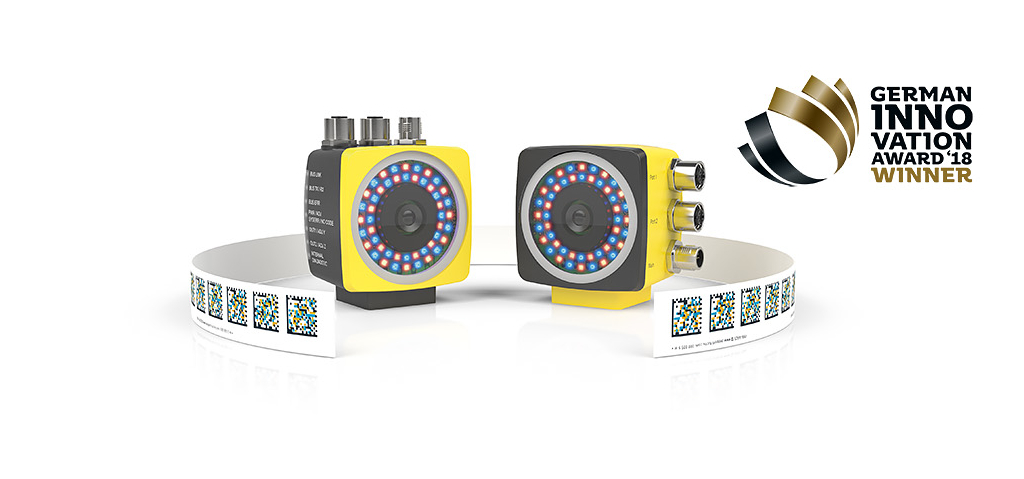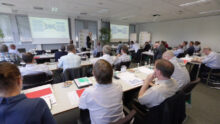October 29, 2018
On a Mission to Ensure Safety
As a market leader in the field of functional safety, Pepperl+Fuchs offers the broadest portfolio of components with a SIL/PL rating. In this interview, functional safety experts from Pepperl+Fuchs discuss their day-to-day work, the current standards with which their products must comply, and methods for transferring knowledge.
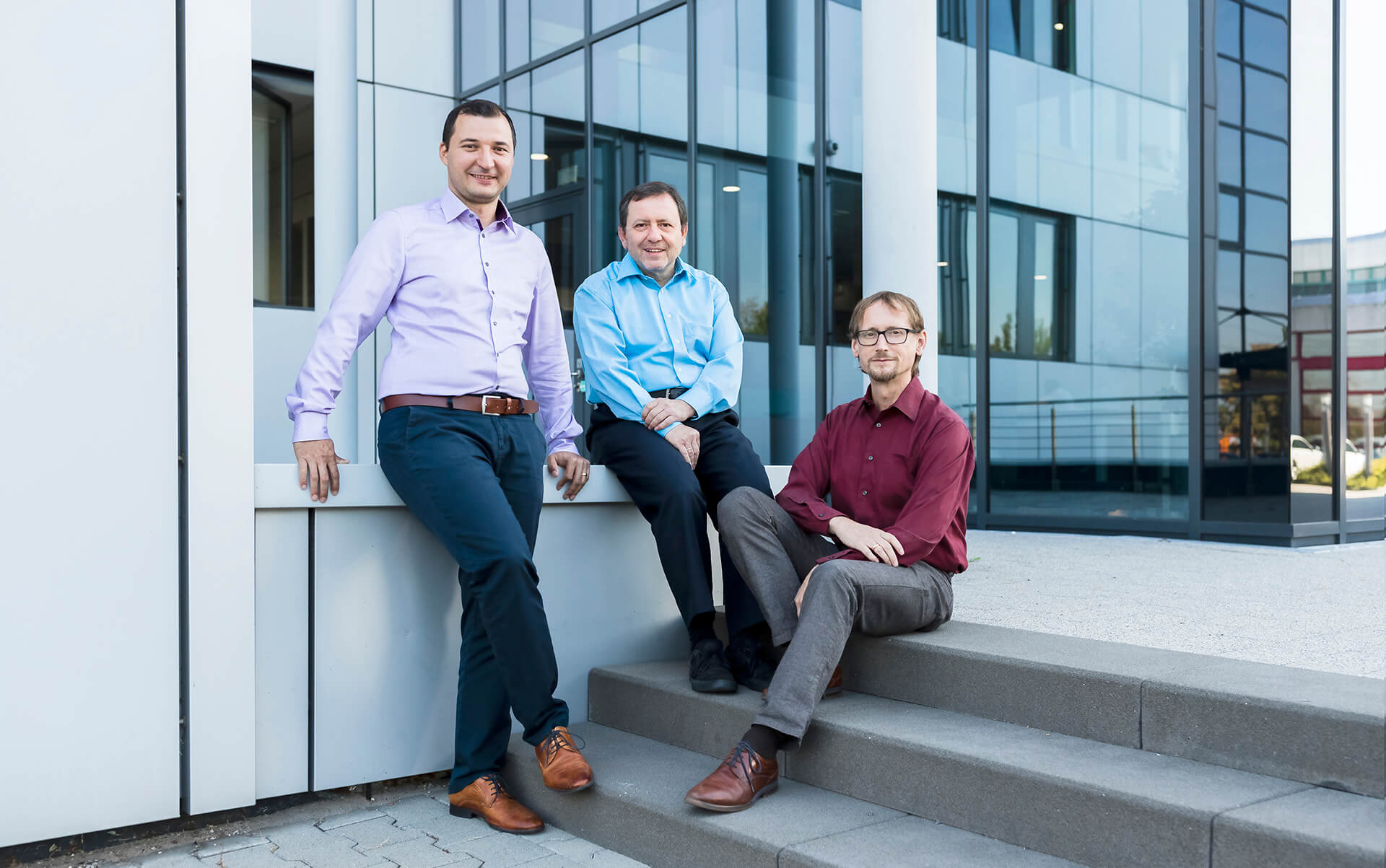
With more than ten million of SIL/PL devices sold, Pepperl+Fuchs has become the market leader in this field. Extensive in-house expertise has been vital to this success. In the following interview, Head of Functional Safety Michael Kindermann, Functional Safety Manager Hasan Sülük, and Manager of Training and Committee Work Dr. Andreas Hildebrandt discuss their day-to-day work, the current standards with which their products must comply, and methods for transferring knowledge.
Michael KindermannAs Head of Functional Safety, I have a kind of interface role, acting as an intermediary between our developers and the test facilities that check Pepperl+Fuchs devices for compliance with various functional safety standards. During the development of new products, I help employees understand the requirements for meeting the relevant standards, and communicate changes to the standards and the associated implications. In addition, I ensure that the employees whose roles are related to functional safety have the necessary expertise for the task. Many of the applicable standards require that these employees possess this expertise. However, my main responsibility is definitely internal 'functional safety management,' i.e., adapting and monitoring internal company processes to ensure that we are producing devices that truly meet the standards' requirements. Our company's internal functional safety management system has been appropriately certified by an external test facility.
Hasan SülükMy work takes place on a somewhat more specific level. As Functional Safety Manager, I focus largely on EN IEC 62061 and EN ISO 13849-1 and -2, which are relevant to machine and plant builders and their suppliers. I also monitor conformity with the Machinery Directive 2006/42/EC within the EU region. When it comes to our safety devices in the field of factory automation, such as AS-Interface Safety at Work, I act as a contact person for colleagues from Product Development and Support.
Dr. Andreas HildebrandtAs Manager of Training and Committee Work, I ensure that Pepperl+Fuchs successfully transfers its extensive knowledge to users. Since we, as a company, play a considerable role in shaping electrical explosion protection, functional safety and the associated stochastic reliability technology are logical focuses. I have been heavily involved in these two areas for a number of decades. Due to the company's engagement with these topics, my team and I speak at seminars, conventions, symposia, and conferences all year round, both in Germany and abroad.

Michael KindermannThe topic of functional safety is very complex. The 'umbrella' standard for functional safety is IEC 61508, a seven-part series of standards that is marking its twentieth anniversary this year. Over the course of the last twenty years, IEC 61508 has become an industry standard and has found its way into many national standards, including DIN EN 61511, a German process industry standard. But with the second edition of this base standard, which came into force in 2010, changes were made that also affect long-standing manufacturers of safety equipment and experienced users.
Hasan SülükCarrying out a safety verification is a huge responsibility that is taken very seriously by the employees of a company who are given the task. As mentioned by Michael Kindermann, we are in contact with highly experienced manufacturers and users who must address the slightest nuances of standards and very specific, detailed questions relating to their safety applications. Yet there are also—often smaller—companies where the role of safety officer has only just been created, or where an existing employee has taken on the task in addition to their usual work.
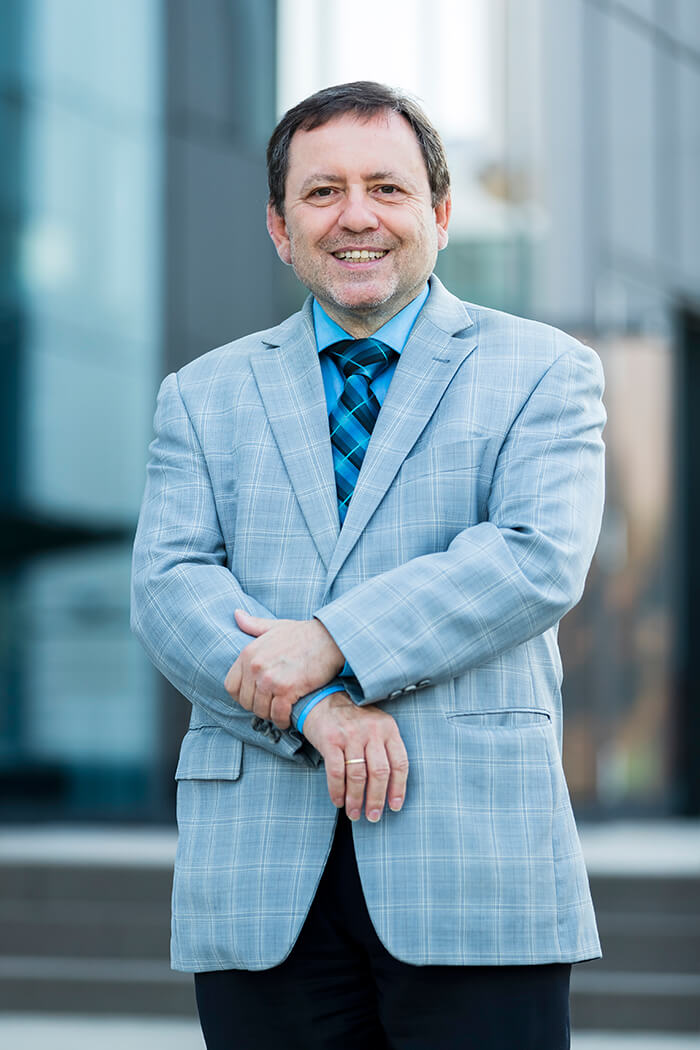
Dr. Andreas HildebrandtExactly. However, our clear goal is to introduce employees who are new to the topic to the admittedly complex issues in an effective manner and resolve existing misunderstandings quickly. A classic example of a misunderstanding is the widespread assumption that the Safety Integrity Level (SIL), which Pepperl+Fuchs also specifies for numerous components, is a device characteristic, and therefore applies to the device as a whole. But this is not the case. The specification of SIL suitability always refers to the risk-reducing function of a device, i.e., to the 'element safety function' within an entire safety loop.
Michael KindermannI would recommend consulting our 'Functional Safety Compendium,' which is useful both for people who are new to the field and for those with more knowledge of the topic. Andreas Hildebrandt and I have pooled a great deal of expertise in this reference guide, which is available free of charge as a PDF. In addition to theoretical knowledge and an overview of the current standards, we also demonstrate how to determine a SIL using the example of an overfill prevention system. The compendium's glossary and its extensive list of sources are also valuable resources.
Dr. Andreas HildebrandtWe have tailored the content of the compendium to cover the questions that are frequently raised at our functional safety events. Therefore, the content refers to very specific problems from practical experience wherever possible.
Michael KindermannWhat makes the SIL clinic special is the fact that the program is completely tailored to the needs of the participants. Basically, this means that information is not just presented as a lecture. Specific questions can also be submitted anonymously via a specially-designed website in the lead-up to the event. The speakers then answer these questions on the second day of the event.
Dr. Andreas HildebrandtThe tenth SIL clinic is a nice illustration of how closely we at Pepperl+Fuchs have followed the development of IEC 61508 over the years. In cooperation with our media partners, we offer participants an annual event at which they have the opportunity to speak directly with the experts.
Hasan SülükIn this instance, we are talking not only about experts from Pepperl+Fuchs, but also employees from testing organizations, safety experts from the industry, functional safety managers from device manufacturers, service providers in the field of functional safety, scientists, and public authority representatives. For example, this year's event was attended by the State Agency for Nature, Environment, and Consumer Protection of North Rhine-Westphalia. Therefore, the clinics offer a broad cross section of knowledge and perspectives on functional safety. We place a significant focus on current trends and topics. Most recently, we tackled the overarching question of how the increasing digitalization in industry is affecting safety engineering. The consistently positive feedback from our participants shows that this format provides long-lasting benefits.
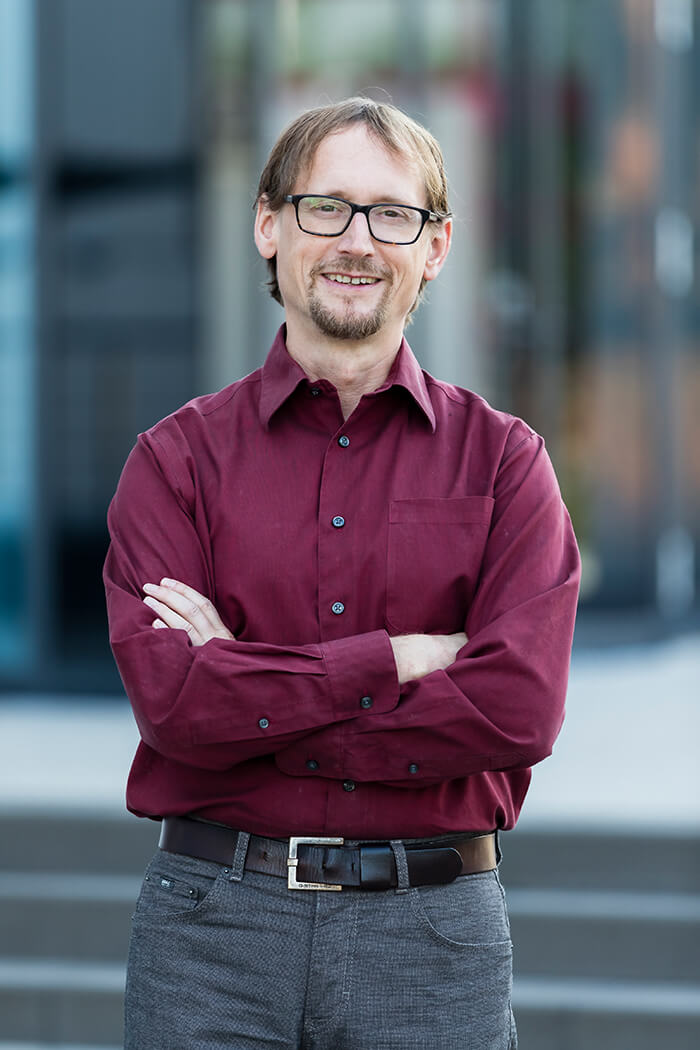
Dr. Andreas HildebrandtNow, in order to create sustainable formats such as the SIL clinics, you must first be willing to take what appears to be an unconventional approach and try something new. That is what we did in 2009 with the first SIL clinic, and that is what we continue to do today. After all, there are very exciting teaching possibilities for sharing technical expertise outside of the traditional 'classroom-style' seminars. We are currently working with University4Industry, a Munich-based startup that aims to make expertise from German industrial companies available in a web-based format that can be accessed from anywhere. As a result of this collaboration, you can access approximately four hours of training content relating to functional safety via our University4Industry channel and then directly test your newly acquired knowledge in online training exercises.
Hasan SülükIn general, we try to make it as easy as possible for users to successfully implement their safety applications. This is a goal we set for ourselves to fulfill our role as an expert partner. We achieve this through reference guides, such as our compendium, and our SISTEMA libraries for safety-suitable Pepperl+Fuchs products. These are categorized by product area and are available free of charge in the 'Software' section of our website. We have also recently released a new tool that is fully integrated in our website, with which users can calculate the PFD in accordance with IEC 61508/VDI/VDE 2180 and the PFH in accordance with 61508. You simply enter the parameters and the tool carries out the actual calculation work for you. You can then receive the results, including the calculation method, as a PDF file that you can add to your plant documentation.
Michael KindermannFor me, the sustainability of our work is demonstrated by two elements. One is the various events and diverse digital aids that we offer. The other is the broadest product range on the market in terms of components for use in safety applications. Pepperl+Fuchs now has over 700 products with a SIL/PL evaluation in its portfolio—and there are more to come. Recent examples of such products include the safePXV and safePGV positioning systems, which have just won the German Innovation Award. These sensors meet the SIL 3/PL e standard with just one sensor. The standards-related expertise that we share with others and the sophisticated product solutions developed within our company are therefore two sides of the same coin.

